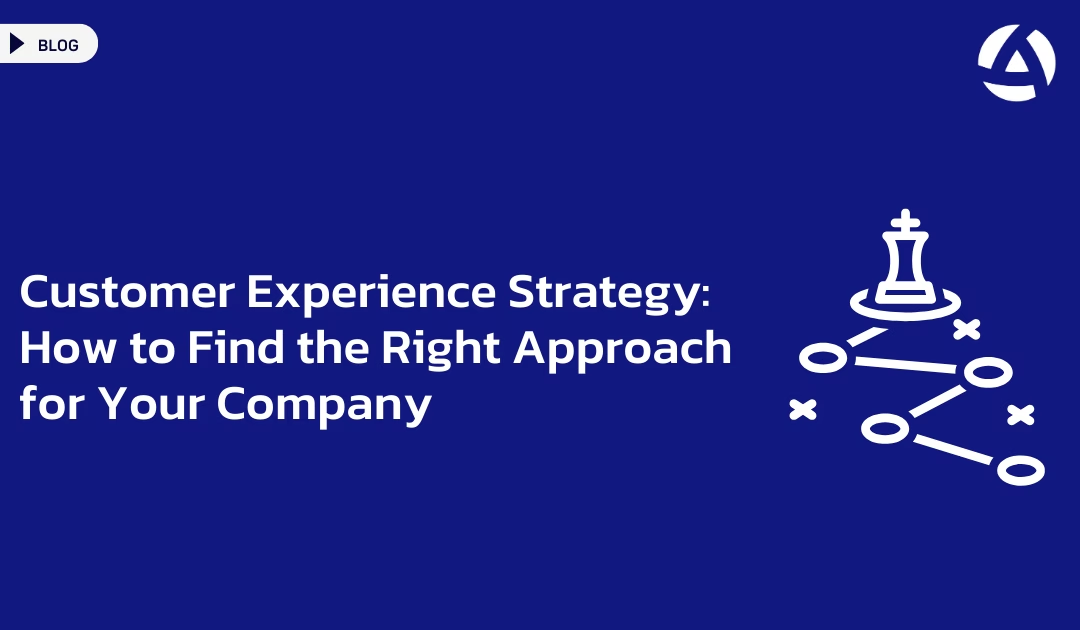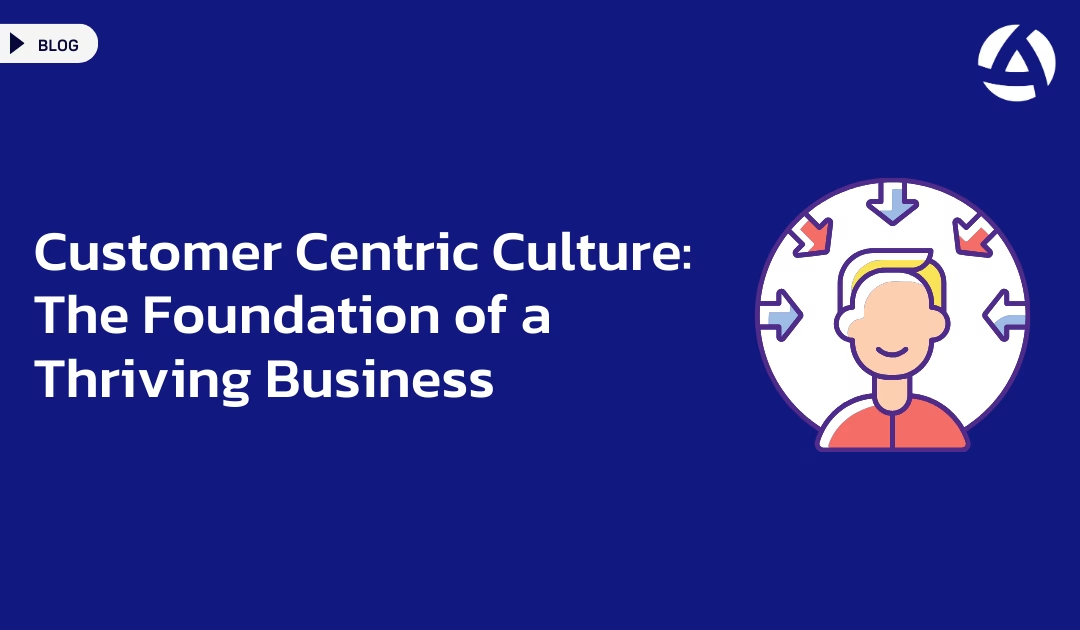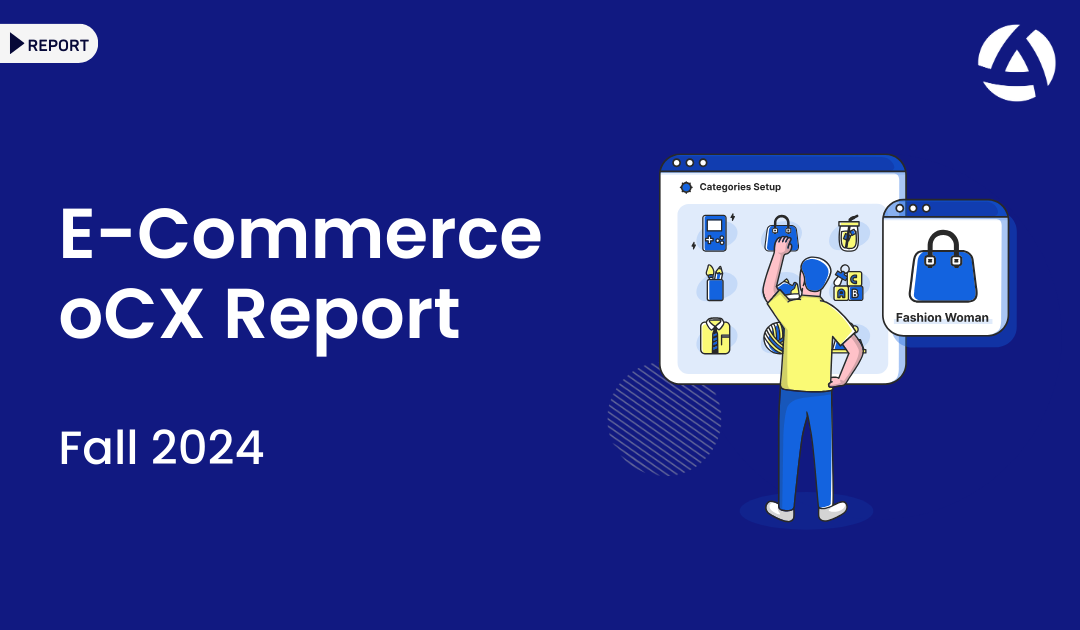A well-defined customer experience strategy can set your business apart in a competitive market. But with varying business needs, customer bases, and industry demands, there is no one-size-fits-all approach. The right strategy depends on your company’s unique circumstances, goals, and resources.
This guide will walk you through the key components of a customer experience strategy and how to determine which approach is best for your company.
What is a Customer Experience Strategy?
A customer experience (CX) strategy is a structured plan that outlines how your company will deliver consistent, positive interactions at every customer touchpoint. This strategy includes defining customer journeys, setting goals, utilizing technology, and measuring success.
A well-executed CX strategy leads to higher customer satisfaction, increased loyalty, and stronger business performance. But with so many options for strategy development, how do you decide which path to take?
Assessing Your Company’s Needs and Circumstances
Before crafting your CX strategy, it’s essential to understand your company’s current position. Here are some factors to consider:
- Company size and growth stage: Startups may prioritize customer acquisition, while established companies may focus on retention.
- Industry-specific expectations: E-commerce, SaaS, and B2B companies have different customer needs and engagement models.
- Customer touchpoints: Do you primarily interact with customers via phone, email, live chat, or in-person? Identify which touchpoints matter most to your audience.
- Resource availability: Smaller teams may need to rely on automation, while larger companies can allocate dedicated CX teams.
Once you’ve assessed these factors, you’ll have a clearer idea of what’s realistic and impactful for your business.
Components of an Effective Customer Experience Strategy
- Customer Journey Mapping
Understanding the journey your customers take from first contact to final purchase (and beyond) is vital. Identify pain points and opportunities for improvement. - Customer Feedback Loop
Collect feedback consistently via surveys, reviews, and support interactions. Use this feedback to guide decision-making and prioritize changes. - Personalization and Customization
Today’s customers expect personalized experiences. This could mean tailored product recommendations, personalized marketing emails, or proactive customer support. - Employee Training and Empowerment
Your employees play a critical role in delivering a great customer experience. Train them to understand customer needs and empower them to resolve issues quickly. - Technology and Automation
Use software like customer feedback tools, CRM platforms, and chatbots to streamline processes and increase responsiveness.
Measurement and Optimization
Track customer satisfaction metrics (like NPS, CSAT, and CES) to gauge the effectiveness of your strategy. Use these insights to continuously improve.
Determining the Right Strategy for Your Company
Every company’s needs are different, so the best customer experience strategy for you will depend on several variables. Here’s how to decide on the right approach:
If You’re a New Business
- Focus on Customer Acquisition: Prioritize the speed and simplicity of onboarding new customers. First impressions matter.
- Build Trust and Transparency: Offer clear communication, fair pricing, and prompt customer support.
- Leverage Automation Tools: Use chatbots and self-service options to reduce strain on your small support team.
If You’re a Growing Business
- Standardize Customer Journeys: Ensure consistency in customer experience across all touchpoints.
- Scale Feedback Collection: Use customer feedback software to gather insights from growing customer bases.
- Prioritize Retention and Loyalty: Offer loyalty programs, exclusive content, and proactive customer support.
If You’re an Established Business
- Invest in Personalization: Leverage advanced AI-driven insights to personalize recommendations and communication.
- Build a Voice of Customer (VoC) Program: Identify customer sentiment and prioritize large-scale improvements.
- Embrace Omnichannel Engagement: Create seamless transitions between channels like mobile apps, websites, and in-store interactions.
How to Measure the Success of Your Strategy
To ensure your strategy is delivering the desired results, track key CX metrics, including:
- Net Promoter Score (NPS): Measures customer loyalty and likelihood of recommending your business.
- Customer Satisfaction Score (CSAT): Gauges overall satisfaction with a specific interaction or product.
- Customer Effort Score (CES): Measures how easy it is for customers to complete an action, like placing an order or resolving an issue.
Key Tips for Crafting Your CX Strategy
- Start Small and Scale: Test new initiatives on a small scale before rolling them out company-wide.
- Involve Employees at Every Level: Employee feedback and insights are invaluable when identifying CX pain points.
- Leverage Technology Wisely: Use tools that align with your company’s goals and budget. Don’t overwhelm teams with too many platforms.
Leveraging AI, Text Analytics, and Sentiment Analysis
An effective CX strategy increasingly relies on the power of AI and advanced analytics to understand customer behavior and sentiment. Text analytics and sentiment analysis enable businesses to process vast amounts of customer feedback from multiple channels—such as social media, surveys, emails, and online reviews. By utilizing these tools, companies can identify emerging trends, detect potential pain points, and gauge customer sentiment in real-time. AI-powered systems can provide actionable insights by categorizing feedback and highlighting areas that need improvement. This ensures that your company listens to customers across all touchpoints, fostering trust and demonstrating a commitment to continuously improving their experience.
Conclusion
Building a successful customer experience strategy requires a thoughtful approach that aligns with your company’s unique goals, industry, and resources. By assessing your company’s needs, focusing on key CX components, and tracking performance, you’ll be able to create a strategy that drives long-term success. Every company’s path is different, so customize your approach to deliver the best experience for your customers.
Frequently Asked Questions
How do I know if my customer experience strategy is working?
Track key CX metrics like NPS, CSAT, and CES. Consistent improvements in these metrics signal that your strategy is effective. Additionally, monitor customer feedback, support tickets, and retention rates for a more comprehensive view.
How often should I update my customer experience strategy?
Revisit your strategy at least once a year. However, if you’re experiencing rapid growth, entering new markets, or launching new products, you may need to update your strategy more frequently.




